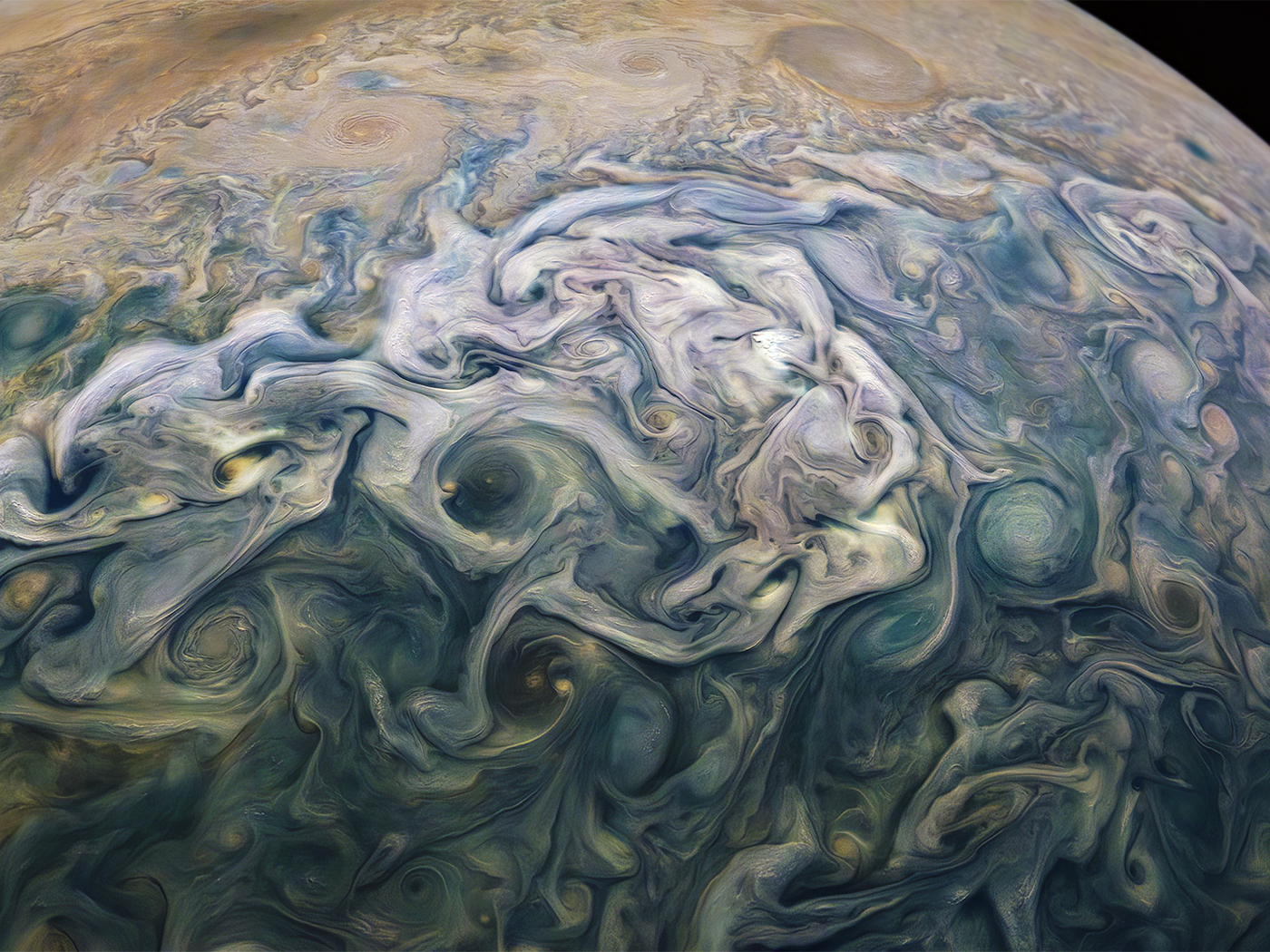The Deccan Traps in India, and especially the Siberian Traps, have vast quantities of lava rock near the earth's surface. Many geologists have assumed that this formed over millions of years. However, recent studies testing that assumption have shown just the opposite—the magma moved rapidly from great depths.
A 2000 Science paper calculated that the magma that later hardened into surface rock traveled at about nine miles per hour.1 It started in deeply buried molten form and rose through pipes, penetrating more than 60 miles of continental crust before finally reaching the earth's surface. The 2008 film Journey to the Center of the Earth, adapted from the 1864 novel by Jules Verne, illustrated this kind of pipe—albeit in a highly fictionalized manner.
As the magma traveled from great depths, it carried several minerals, including diamonds. If it rose any slower than the calculated rate, the heat and pressure at depth would have reduced the diamonds to graphite.
Other studies reviewed by geologist Andrew Snelling in 2007 confirm that the magma rose rapidly.2 And with fast enough rates and large enough pipes, the earth's almost continent-size lava fields could have formed in just hundreds, rather than millions, of years.
But exactly how could the magma have risen that fast?
To answer that question, geologists recently proposed a model based on new experimental data on magma behavior. In their report published in Nature, the team explained how materials deep in the earth can rise rapidly to the surface. They wrote, "This mechanism enables the continuous and accelerating ascent of the magma."3
In their conception, when carbon-rich magma mixes with a silicon-containing material, like the pyroxene minerals that comprise crustal rocks, the silicon lowers the solubility of the magma's carbon content. This process discharges carbon dioxide gas from the molten solution.
Since the Nature study geologists knew that magma mixes with silicon-containing crustal minerals on its way up, they suggested that this causes the rising magma to continuously release carbon dioxide gas that propels the magma upward. As it ascends, the magma picks up even more silicon-based material to continue the process, like adding more fuel to a fire.
So now, not only are geologists confident that certain volcanic magmas rose rapidly through continental crust, but they also have a plausible mechanism to explain how it happened. Thus, Bible-believing scientists can have even more confidence that giant lava fields did not require vast time, but merely the right mixture of materials, lending support to the Bible's depiction of a young earth.
References
- Kelley, S. P. and J.-A. Wartho. 2000. Rapid Kimberlite Ascent and Significance of Ar-Ar Ages in Xenolith Phlogopites. Science. 289 (5479): 609-611.
- Snelling, A. A. 2007. The Rapid Ascent of Basalt Magmas. Acts & Facts. 36 (8): 10.
- Russell, J. K. et al. 2012. Kimberlite ascent by assimilation-fuelled buoyancy. Nature. 481 (7381): 352-356.
* Mr. Thomas is Science Writer at the Institute for Creation Research.
Article posted on February 8, 2012.















